Section 10 of Income Tax Act is an essential provision under the Indian Income Tax Act, 1961. It provides various exemptions and deductions to taxpayers, reducing their taxable income and, ultimately, their tax liability. Every taxpayer in India needs to understand Section 10 and its various subsections to make the most of the exemptions available to them.
This article aims to provide a comprehensive overview of Section 10 of Income Tax Act, including its definition, the various subsections, and their respective exemptions. We will also discuss the process of claiming exemptions under Section 10 and how to calculate your salary after taking these exemptions into account. Finally, we will explore the maximum limit for each subsection of Section 10.
By this article’s end, you will clearly understand Section 10 of Income Tax and its significance for taxpayers in India. So, let’s dive in and explore Section 10 of Income Tax Act.
Table of Contents
What is Section 10 of Income Tax Act?
Section 10 of Income Tax Act is a provision under the Indian Income Tax Act that provides several exemptions and deductions to taxpayers. Its primary purpose is to reduce the tax liability of taxpayers by exempting specific types of income from taxation.
There are several subsections of Section 10, each of which provides exemptions for different types of income. Here’s a brief overview of each subsection and the respective exemptions they offer:
- Section 10(1) – Exemption for Leave Travel Concession (LTC) and Allowance: Under this section, an exemption is provided for the amount received by an employee for LTC from their employer. Additionally, an exemption is also available for the allowance received by an employee to meet their travel expenses during their employment.
- Section 10(2) – Exemption for Gratuity: This subsection provides an exemption for gratuity received by an employee from their employer. The exemption amount is calculated based on the employee’s length of service and salary.
- Section 10(10D) – Exemption for Life Insurance Policies: This subsection provides an exemption for the proceeds received by an individual from a life insurance policy. The exemption is available if the premium paid is less than 10% of the sum assured.
- Section 10(11) – Exemption for Pension: Under this subsection, an exemption is provided for the commuted value of a pension received by an employee or their nominee.
- Section 10(12) – Exemption for VRS Compensation: This subsection provides an exemption for the compensation received by an employee under the Voluntary Retirement Scheme (VRS).
- Section 10(13A) – Exemption for House Rent Allowance (HRA): Under this subsection, an exemption is provided for the HRA received by an employee from their employer. The exemption amount is calculated based on the employee’s salary and the amount of rent paid. Visit to know about Can the Rent Paid to family members be Eligible for HRA Exemption under the Income Tax Act?
- Section 10(14) – Exemption for Allowances and Perquisites: This subsection provides an exemption for various allowances and perquisites received by an employee, such as conveyance allowance, uniform allowance, and medical reimbursement.
Understanding these different subsections of Section 10 and the exemptions they offer is essential for taxpayers to minimize their tax liability. In the next section, we’ll discuss how to claim these exemptions under Section 10.
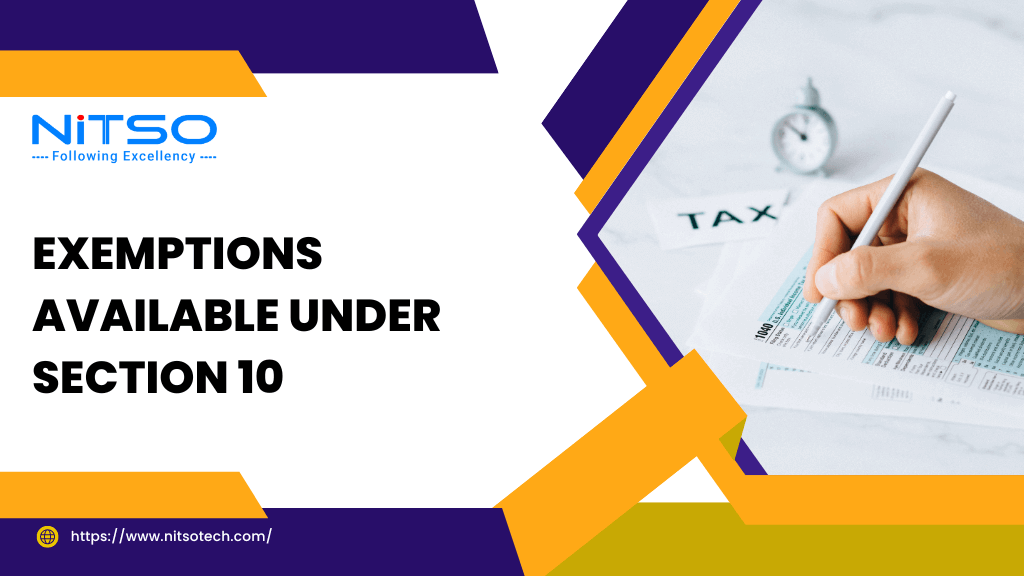
What comes under Section 10 of Income Tax Act?
Section 10 of the Income Tax Act offers a range of exemptions from calculating an individual’s total income. There are several subsections under Section 10 that provide different types of exemptions. Here is a detailed explanation of the exemptions available under each subsection:
- Section 10(1) Under this subsection, the following incomes are exempt from tax:
- Agricultural income
- Any amount received by an employee as a gratuity at the time of retirement or death
- Leave encashment received by a government employee at the time of retirement.
- Commuted value of pension received by a government employee
- Transport allowance of up to INR 1,800 per month
- Any allowance or perquisite granted to an employee to the extent it is used for official purposes.
- Section 10(2) Under this subsection, the following incomes are exempt from tax:
- Value of any leave travel concession or assistance received by an employee or their family members
- Any amount received as a scholarship for education
- Section 10(10D) Under this subsection, the following incomes are exempt from tax:
- The amount received from a life insurance policy, including the bonus, if any, on maturity or surrender of the policy.
- The amount received from a Keyman Insurance Policy on the insured person’s death.
- The amount received as a sum assured under a pension plan on the policyholder’s death.
- Section 10(11) Under this subsection, the following incomes are exempt from tax:
- Any payment received by an individual as a member of a family pension scheme.
- Section 10(12) Under this subsection, the following incomes are exempt from tax:
- Any payment received by an employee as a result of voluntary retirement or separation
- Any amount received by an employee on termination of their service
- Section 10(13A) Under this subsection, the following incomes are exempt from tax:
- House rent allowance received by an employee from their employer to the extent it is used for payment of rent
- The least of the following is exempt:
- Actual HRA received
- Rent paid minus 10% of basic salary
- 50% of the basic salary if the employee lives in metro cities or 40% of the basic wage in non-metro cities
- Section 10(14) Under this subsection, the following incomes are exempt from tax:
- Any special allowance or benefit granted to an employee of the armed forces
- Any special allowance or benefit granted to an employee serving in a remote area or at a high altitude
- Any allowance granted to meet the cost of travel on transfer
- Any allowance granted to meet the cost of travel for official purposes
These are the exemptions available under different subsections of Section 10. It is important to note that the exemptions are subject to certain conditions and limits. Understanding these exemptions and their requirements is essential for taxpayers to make the most of them.
How do I claim an exemption under Section 10?
Suppose you are eligible for any exemptions under Section 10 of Income Tax Act. In that case, you can claim them when filing your income tax return. To claim the exemptions, you need to mention the relevant section and subsection under which you are claiming the exemption in the appropriate section of your tax return.
For instance, if you are claiming exemption under Section 10(1), you need to mention it in the tax return form, along with the amount of exemption you are claiming. Similarly, suppose you are claiming an exemption under Section 10(13A). In that case, you need to provide the details of your rent and the amount of exemption you are claiming.
It is essential to ensure that you provide accurate and complete information when claiming exemptions under Section 10 of Income Tax Act. Any incorrect or incomplete information could result in your tax return being rejected or additional tax liability being imposed on you.
It is also advisable to keep proper documentation and records of the exemptions claimed under Section 10 of Income Tax Act in case of any scrutiny or investigation by the tax authorities.
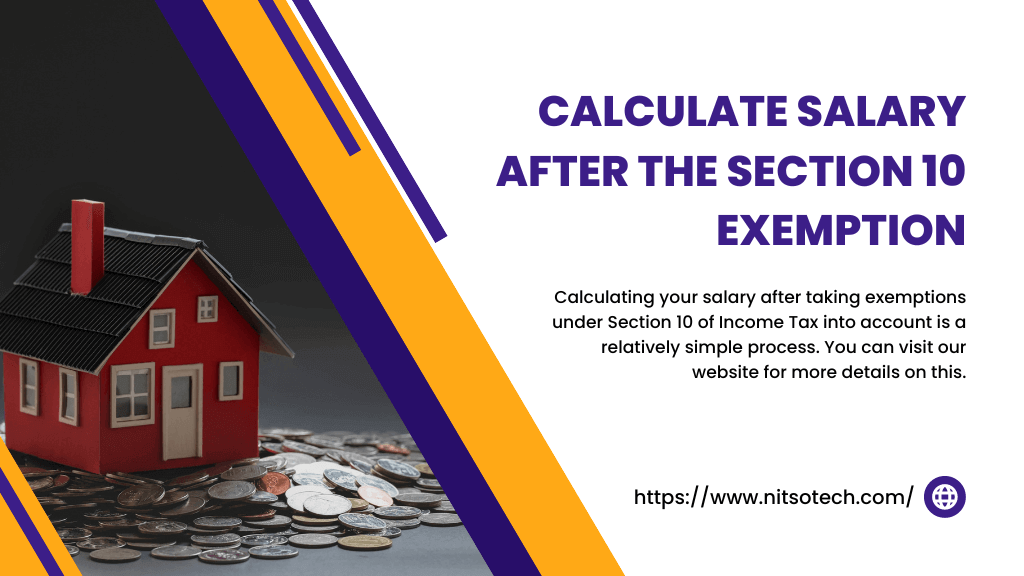
How do I calculate my salary after the Section 10 exemption?
Calculating your salary after taking exemptions under Section 10 of Income Tax Act into account is a relatively simple process. You can follow the steps outlined below to calculate your net salary after claiming the exemptions:
- Start with your gross salary – this is the total amount of money you earn before any deductions or exemptions.
- Deduct any deductions allowed under the Income Tax Act, such as contributions to the Employees’ Provident Fund (EPF) or Public Provident Fund (PPF).
- Subtract any exemptions allowed under Section 10 of Income Tax Act, such as those under Section 10(1) or 10(2).
- Add any other income that is not included in your salary, such as income from investments or rental income.
- Finally, deduct any other expenses allowed as deductions under the Income Tax Act, such as medical expenses or home loan interest.
The formula for calculating your net salary after Section 10 exemptions is as follows:
Net Salary = Gross Salary – Deductions – Exemptions + Other Income – Deductible Expenses
For example, if your gross salary is Rs. 50,000 per month, you have made an EPF contribution of Rs. 5,000. You are claiming an exemption of Rs. 10,000 under Section 10(1); your net salary would be calculated as follows:
Net Salary = 50,000 – 5,000 – 10,000 + 0 – 0 = Rs. 35,000
In this example, your net salary after claiming exemptions under Section 10 of Income Tax Act is Rs. 35,000 per month.
It is important to note that net salary calculation can vary depending on the individual’s specific circumstances and the exemptions they are claiming. It is always advisable to consult a qualified tax professional for personalized advice on tax planning and net salary calculation after claiming exemptions under Section 10 of Income Tax Act.
What is the maximum limit of Section 10?
Section 10 of the Income Tax Act provides various exemptions to taxpayers on different types of income. However, there are limits to the amount of exemption that can be claimed under each subsection of Section 10. In this section, we will discuss the maximum limit for each subsection of Section 10.
- Section 10(1): Under Section 10(1), exemptions are available for specific allowances and perquisites received by the employee. The maximum limit of exemption for the following allowances and perquisites is as follows:
- House Rent Allowance: The least of the following three amounts is exempted:
- Actual HRA received by the employee
- Rent paid by the employee minus 10% of the basic salary.
- 50% of the basic salary for employees in metro cities (40% for non-metro cities)
- Leave Travel Allowance: The amount exempted is limited to the expenses incurred by the employee on travel within India.
- Death-cum-Retirement Gratuity: The exemption is limited to the least of the following amounts:
- Actual gratuity received by the employee
- Rs. 20 lakhs
- Half a month’s salary for each completed year of service
- House Rent Allowance: The least of the following three amounts is exempted:
- Section 10(2): Section 10(2) provides exemptions for certain allowances paid by the employer to meet specific expenses. The maximum limit of exemption for the following allowances is as follows:
- Travel Allowance: The exemption is limited to the amount spent on official travel.
- Daily Allowance: The exemption is limited to the actual amount spent on official travel-related expenses such as food, lodging, and transportation.
- Helper Allowance: The exemption is limited to Rs. 7,500 per month.
- Section 10(10D): Under Section 10(10D), the maturity amount of life insurance policies is exempt from tax if the premium paid is not more than 10% of the sum assured. There is no limit to the amount of exemption under this section.
- Section 10(11): Section 10(11) provides exemptions for certain income received by members of the armed forces. The maximum limit of exemption for the following income is as follows:
- Disability Pension: The exemption is limited to Rs. 7,500 per month.
- Family Pension: The exemption is limited to Rs. 15,000 per month.
- Section 10(12): Section 10(12) provides exemptions for certain income received by the recipients of gallantry awards. There is no limit to the amount of exemption under this section.
- Section 10(13A): Under Section 10(13A), exemptions are available for House Rent Allowance received by salaried individuals who are also paying rent. The maximum limit of exemption is the least of the following amounts:
- Actual HRA received by the employee
- Rent paid by the employee minus 10% of the basic salary.
- 50% of the basic salary for employees in metro cities (40% for non-metro cities)
- Section 10(14): Section 10(14) provides exemptions for certain allowances paid by the employer for specific purposes such as children’s education, hostel expenses, and travel. The Income Tax Act specifies the maximum limit of exemption for each allowance. It is subject to change from time to time.
It is important to note that these limits are subject to change based on the amendments made to the Income Tax Act. Taxpayers should regularly refer to the latest guidelines issued by the Income Tax Department to stay updated on the maximum limit of exemptions available under Section 10.
Conclusion
In conclusion, Section 10 of Income Tax Act is a necessary provision that offers various exemptions to taxpayers in India. Section 10 is divided into multiple subsections, each offering specific exemptions based on the nature of income. Taxpayers can claim these exemptions to reduce their tax liabilities and increase their take-home pay. It is important to note that each subsection of Section 10 has a maximum limit that taxpayers need to keep in mind while claiming the exemptions.
To claim the exemptions under Section 10, taxpayers must follow a specific process that involves submitting the required documents and proofs to their employers. Additionally, it is important to calculate the salary after considering the exemptions available under Section 10.
In conclusion, understanding Section 10 of Income Tax Act and its various subsections is essential for taxpayers in India. By utilizing the exemptions available under this section, taxpayers can significantly reduce their tax liabilities and increase their take-home pay.
FAQs (Frequently Asked Questions)
What are the three conditions for HRA exemption?
Three conditions must be fulfilled to claim House Rent Allowance (HRA) exemption. Firstly, the employee must receive HRA as a compensation component. Secondly, the employee must be paying rent for residential accommodation occupied by them. Lastly, the rent paid by the employee must exceed 10% of their basic salary.
Who can claim HRA exemption?
Any employee receiving HRA as a component of their salary and paying rent for a residential accommodation occupied by them can claim HRA exemption.
Who can claim section 10?
Section 10 of Income Tax can be claimed by any taxpayer who is eligible for the specific exemption mentioned in the subsections of Section 10.
Who can claim section 10(1)?
Section 10(1) of the Income Tax Act provides an exemption for specific allowances such as travel, medical, and uniform allowance. This exemption can be claimed by any salaried employee who receives these allowances as a part of their salary.
Who can claim section 10(2)?
Section 10(2) of Income Tax Act provides an exemption for the value of any leave travel concession received by an employee. This exemption can be claimed by any salaried employee who receives this concession from their employer.
Who can claim section 10(10D)?
Section 10(10D) of Income Tax Act provides an exemption for the maturity proceeds of any life insurance policy received by the policyholder. This exemption can be claimed by any individual who gets the maturity proceeds of their life insurance policy.
Who can claim section 10(11)?
Section 10(11) of Income Tax Act provides an exemption for any allowance or perquisite granted to a Member of Parliament or a State Legislature. This exemption can be claimed by any individual who is a Member of Parliament or a State Legislature.
Who can claim section 10(12)?
Section 10(12) of Income Tax Act provides an exemption for any gratuity received by an employee. This exemption can be claimed by any salaried employee who receives a gratuity from their employer.
Who can claim section 10(13A)?
Section 10(13A) of Income Tax Act provides an exemption for House Rent Allowance received by an employee. This exemption can be claimed by any salaried employee who is receiving HRA as a part of their salary.
Who can claim section 10(14)?
Section 10(14) of Income Tax Act provides an exemption for specific allowances such as education allowance, hostel allowance, and children’s education allowance. This exemption can be claimed by any salaried employee who receives these allowances as a part of their salary.
Is it OK to claim section 10 exemptions?
Yes, it is legal and acceptable to claim the exemptions mentioned in Section 10 of the Income Tax Act, provided that the taxpayer is eligible for the specific exemption.
Can we claim a house rent allowance in ITR?
Yes, you can claim House Rent Allowance (HRA) in your Income Tax Return (ITR), provided that you have received HRA as a part of your salary and are paying rent for a residential accommodation.
How do I claim my House Rent Allowance in ITR?
To claim House Rent Allowance (HRA) in your Income Tax Return (ITR), you need to fill in the details of your HRA and rent paid in the relevant section of the ITR form. You also must provide supporting documents such as rent receipts and rent agreements.
Can I claim both 80GG and 10(13A)?
No, you cannot claim 80GG and 10(13A) simultaneously. Both sections provide exemptions for house rent payments, but they apply to different types of taxpayers. Section 80GG provides a deduction for rent paid by taxpayers who do not receive HRA from their employer. In contrast, section 10(13A) provides an exemption for HRA received by salaried employees. Therefore, if you are a salaried employee receiving HRA, you cannot claim a deduction under section 80GG. On the other hand, if you are not receiving HRA, you can claim a deduction under section 80GG.

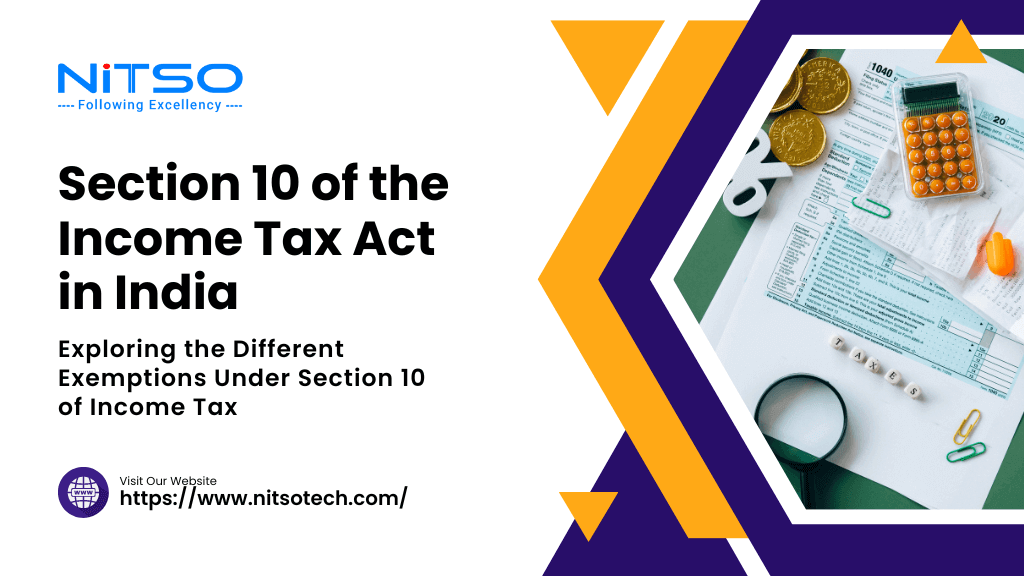

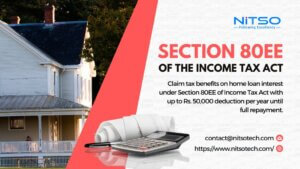
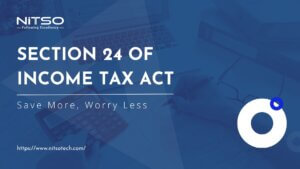
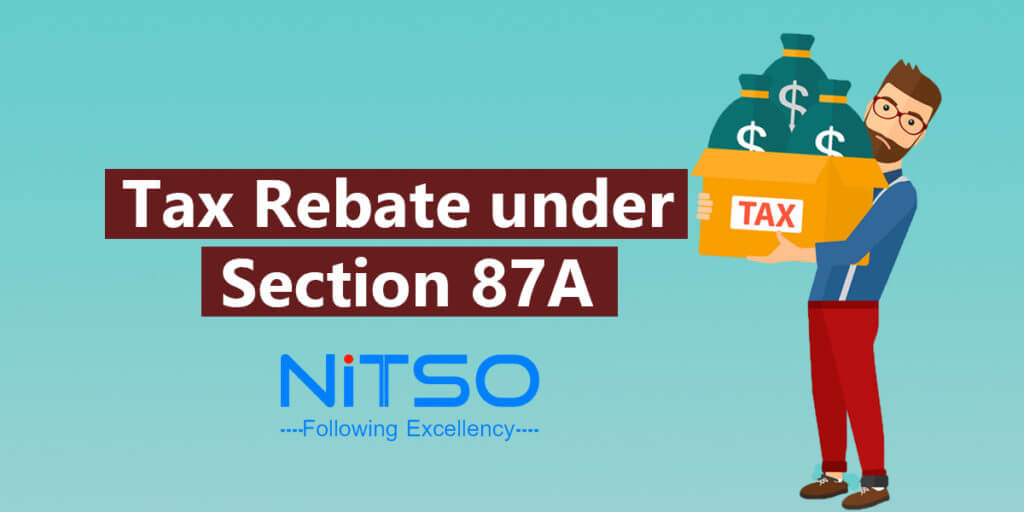


0 Comments